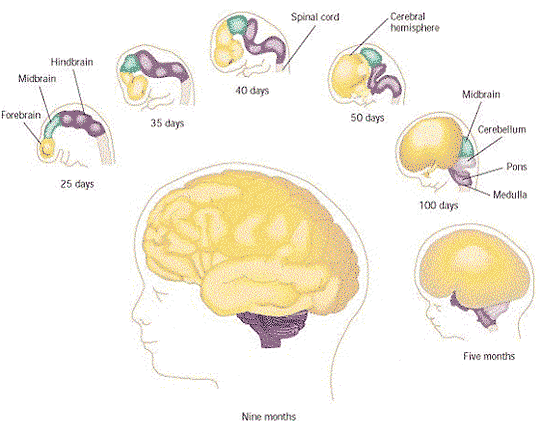A group of students at Harvard University is spearheading a campaign to form sure the early-childhood programs policymakers put in situ to disrupt intergenerational poverty are backed by the newest science.
The idea sounds entirely reasonable, but it’s only too rare in practice, says Jack P. Shonkoff, the director of the university’s Center on the Developing Child and therefore the chair of the National Scientific Council on the Developing Child. That’s because program grants and policies are generally structured in ways in which incentivize “positive” results. Agreements along the lines of, “We’ll offer you funding to check this specific policy intervention and if you’ll prove it worked in three years, we’ll offer you more,” are standard. Shonkoff and his colleagues think that model needs a serious update.
On Wednesday, the middle will publish a report that involves a web and in-person network that uses recent advances in scientists’ understanding of the way young brains grow to make and test early-childhood interventions. “The absence of a science-based R&D platform within the infancy field threatens the longer term of all children, families, and communities whose challenges aren’t being addressed adequately by existing policies and programs,” write the authors.
Brain science is evolving quickly, Shonkoff said. Scientists now understand in great detail, as an example , that exposure to worry can speed up the opening and shutting of certain periods of brain development, suggesting that countering the lifelong consequences of toxic stress are some things best tackled within the first several years of life. Scientists also know now how children’s brain architecture changes once they have relationships with strong, caring adults. The science indicates that helping parents improve the way they interact with their babies has real impact on physical and psychological state as those children grow into adulthood.
But many existing programs specialise in either providing services for babies or, separately, for folks . Fewer specialise in helping vulnerable adults turn their lives around with an eye fixed toward improving their parenting skills, in part, Shonkoff thinks, because people with ideas for those sorts of interventions haven’t had the space to check them and, crucially, to fail and check out again. Right now, “there’s no place for people to be talking about things that aren’t working,” he said. “Where is that the culture of innovation here?”
Consider Early start , a program aimed toward helping disadvantaged children ages 0 to three across the us . While Early start has the infrastructure in situ to check and scale a spread of programs, the report argues that it’s thus far provided little clarity on which of its programs work best that people, and the way they could be replicated.
Shonkoff says the present specialise in determining so-called “best practices” by watching average impact when it involves interventions for youngsters living in poverty is tantamount to checking out one treatment for “cancer,” albeit cancer comes in many forms and is caused by many factors. Take acute lymphocytic leukemia (ALL). In 1965, the year the primary start center was opened, the survival rate for ALL was below 5 percent. Now, it’s above 90 percent because doctors choose different treatment plans for various patients. They skills to try to to that because researchers have developed and tested those treatment plans. That’s not happening, Shonkoff said, for infancy .

